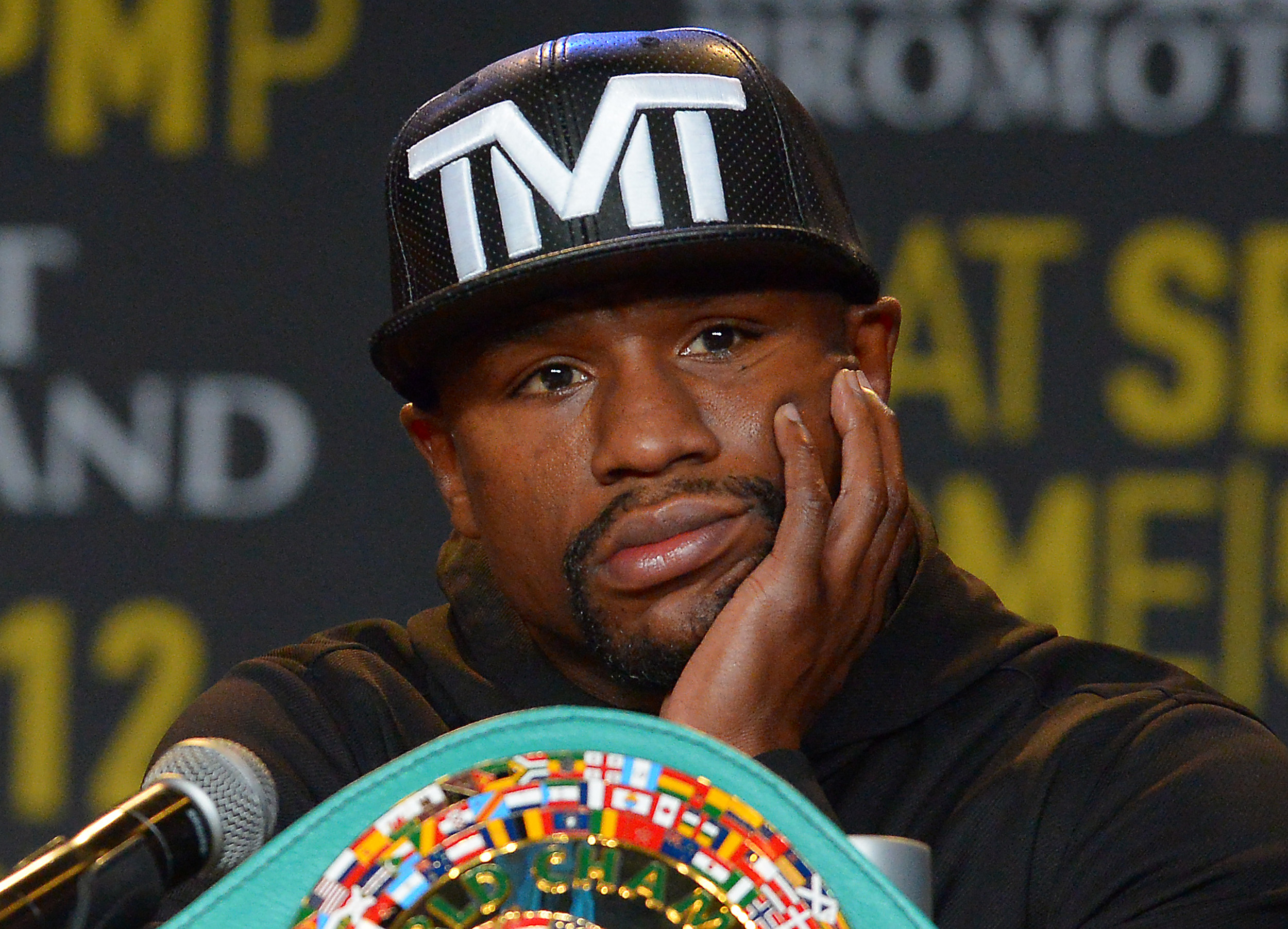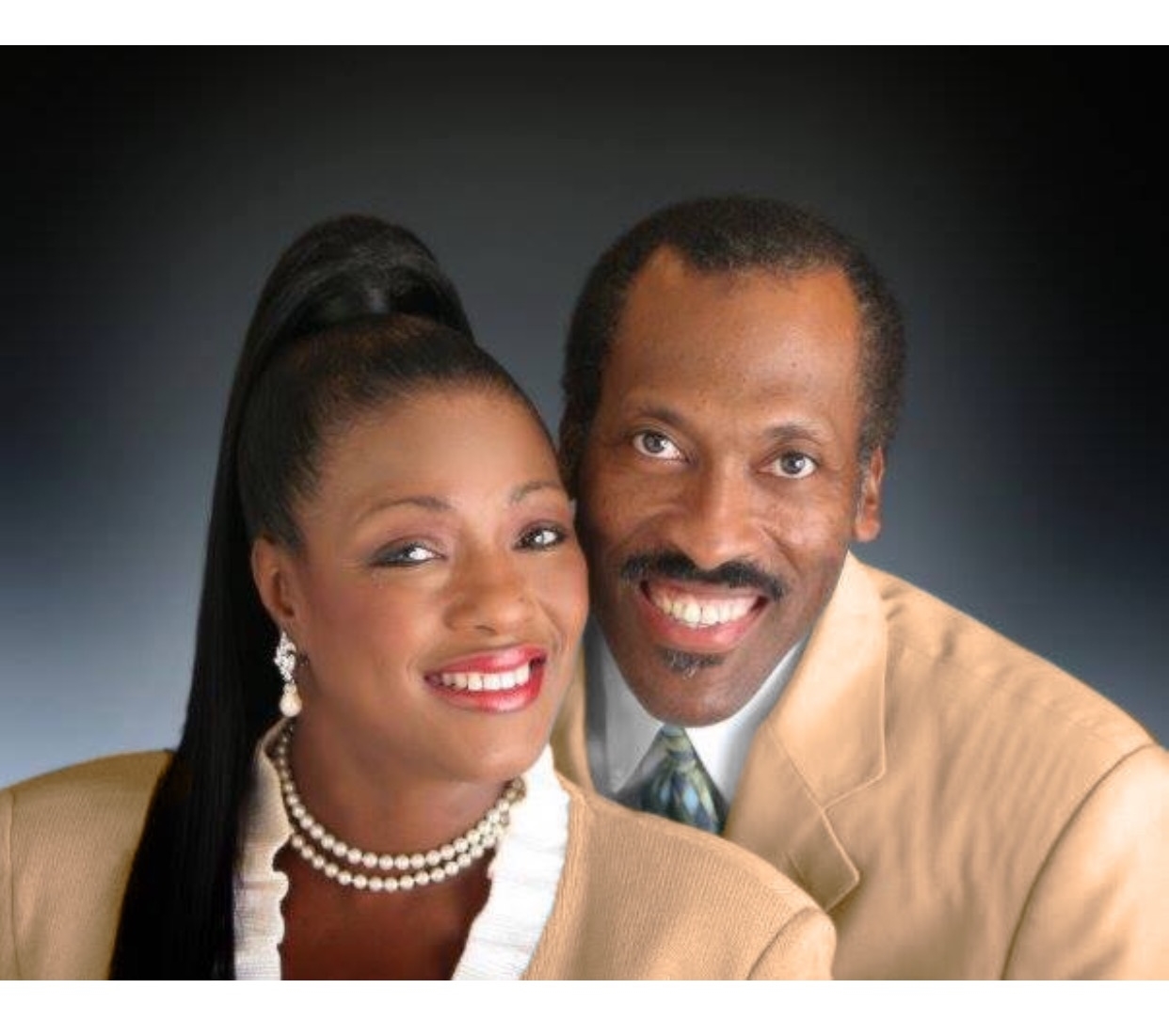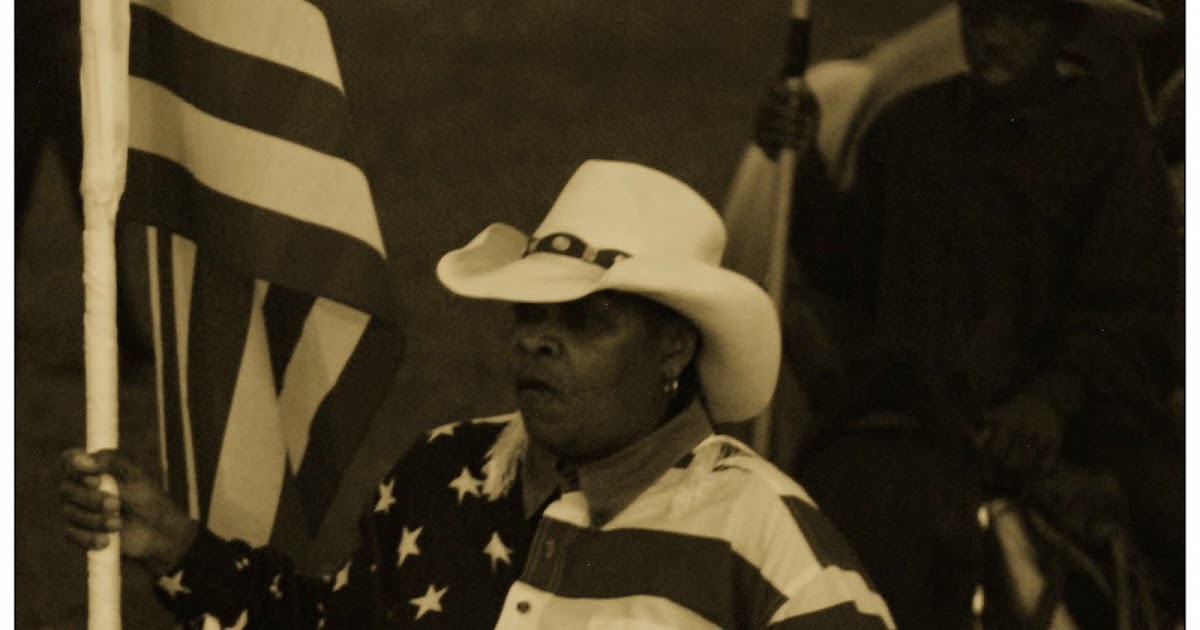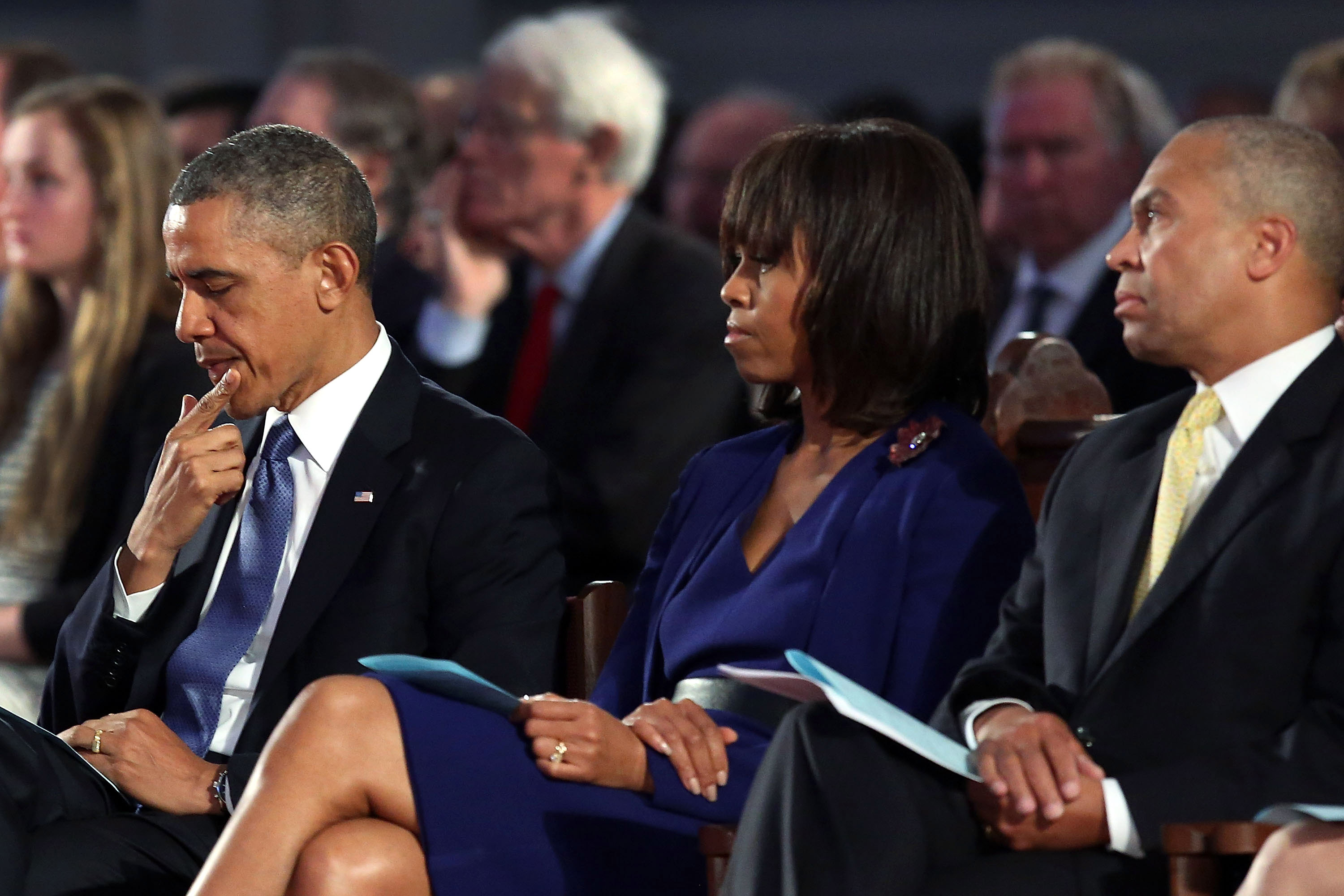
By Nigel Collins ESPN Staff Writer
https://www.youtube.com/watch?v=kxepL7UHPGM
There have been certain boxers throughout history who have come to epitomize the eras in which they fought, their personas and fighting styles in sync with the prevailing cultural norms.
It’s an elusive and rare quality that can’t be manufactured. The role chooses the fighter, not the other way around.
These are fighters who have transcended the sport and become part of a broader narrative, totems of the way we were and what we have become.
Our current standard-bearer is Floyd Mayweather — and regardless of whether you’re a fan or not, he’s exactly what we deserve.
There is an elite group of fighters who are reflections of the ethos in which they boxed — iconic names such as John L. Sullivan, Jack Dempsey, Joe Louis, Muhammad Ali, Sugar Ray Leonard and Mike Tyson, each an avatar of the time and place he represents.
It’s hard to say for sure what boxing fans of the Gilded Age would have thought of Mayweather. Their hero was Sullivan, whose squared-up stance and handlebar mustache embodied the public’s notion of what the heavyweight champion of the world should be.
Like Mayweather, Sullivan was a loudmouth and an unrepentant self-promoter. Beyond that, they have little in common. Mayweather, for instance, takes meticulous care of his body, while Sully had a gluttonous appetite for food and booze that rivaled his pal “Diamond Jim” Brady.
But it wouldn’t have been Mayweather’s calorie count or his work ethic that would have disqualified him from being the main man during the final two decades of the 19th century. The way he fights would have held him back.
No matter how masterful, there was little interest in a defensive specialist during the gas-lit fin de siècle. They wanted blood, and more often than not, they got it.
Some elite fighters who personified the times in which they fought carried a heavier burden than others. Louis, the first black heavyweight champion since Jack Johnson, was the bridge between Jim Crow and greater acceptance of black fighters. His knockout of Hitler-backed Max Schmeling on the eve of World War II opened the eyes and hearts of many white Americans.
Sullivan, Dempsey, Louis, Ali, Leonard and Tyson were all distinctive in their own ways, exciting fighters who stoked boxing’s popularity with the power of firsts and the strength of their personalities.
Mayweather is unique in that he’s the only boring fighter to become a multimillionaire. Boring inside the ring, that is. Outside of it, he’s a TMZ delight, a social media menace and the central figure in the greatest marketing campaign the sporting world has ever seen.
Like how Ali copied Gorgeous George’s over-the-top showmanship, Mayweather pulled off an amazing switcheroo by using another of wrestling’s oldest promotional gimmicks: He turned heel and became the richest boxer of all time.
It wasn’t difficult. The bratty side was always part of him; he just amped it up to a point to where even he probably isn’t sure which one is really him, “Money Mayweather” or the sunny-faced prodigy who came home from the 1996 Olympic Games with a bronze medal and a pocket full of dreams.
Neither Mayweather’s jail sentence for domestic violence nor his one-sided mismatches seemed to have hurt his overall popularity. He’s selling an opulent lifestyle and undefeated record, assets that remain regardless of whether he’s knocking out Victor Ortiz with a cheap shot or coasting to an easy decision over Robert Guerrero.
That changed after his much-ballyhooed May 2015 showdown with Manny Pacquiao, which smashed all previous pay-per-view records only to deliver a ghastly pedestrian affair devoid of highlights.
Mayweather’s shoulder roll still looked pretty, but the multi-punch combinations and lightning attacks are a thing of the past.
His supposed farewell fight, against Andre Berto in September 2015, performed poorly both at the box office and on pay-per-view. It was a clear sign that even Mayweather’s most ardent supporters had grown weary of one-sided affairs in which the man they paid to see couldn’t be bothered to step on the gas and finish his outclassed opponents.
Tempered genius is like watered-down wine, good for a buzz but not sufficient to get you where you want to go.
Mayweather is 40 now. It has been a long time since he broke Genaro Hernandez, shredded Angel Manfredy and decimated Diego Corrales. We are left with a novelty match against MMA star Conor McGregor that promises much but will most likely deliver little in the way of competitive action.
Perhaps it’s only fitting that Mayweather’s last stand pits him against McGregor in a scenario that resembles a reality-TV storyline, an appropriate farewell for a brilliant fighter who turned the most lucrative part of his career into a cult of personality.
Novelty fights, however, are like donkey baseball, a bizarre derivation that is good for a few laughs but will never replace the real thing.
The search for a fighter to embody the next era is already underway. Even though boxing will ultimately make the final decision, it’s safe to say Mayweather’s dazzling turn at the helm is coming to a close.










